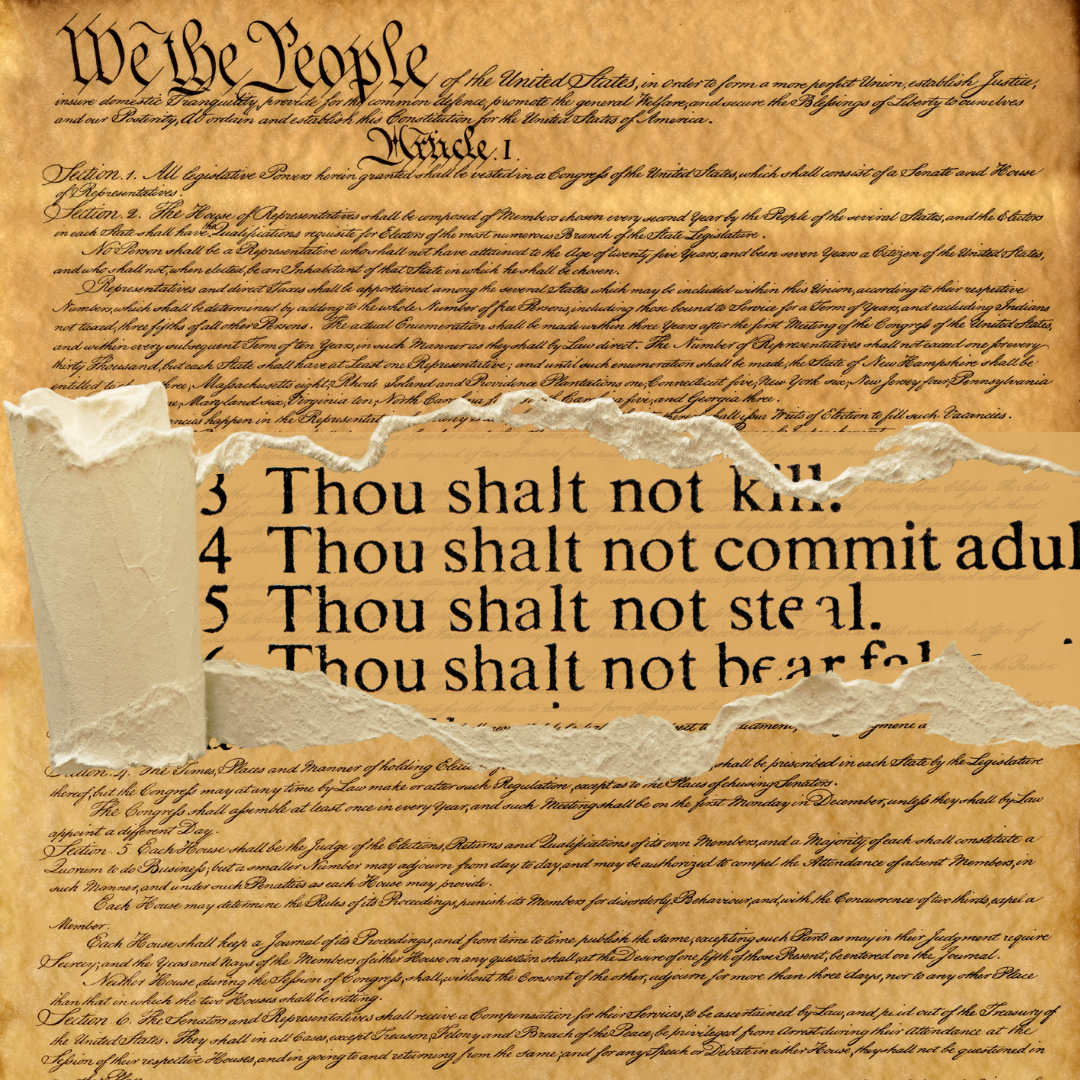Anticipating the next season of the groundbreaking show
Every Sunday this past summer, I would endure hours of work on a busy boardwalk at the central Jersey shore. The sun was often blistering, families poured into the pizzeria that I spent the majority of my time at, and the counters were swarmed with people wanting to order their overpriced pizza.
Some days, I literally didn’t think I’d make it the full shift, especially on Sundays because it was typically the busiest day of the week. The only thing that motivated me through my shift was that “Euphoria” would be on when I got home at night.
The show “Euphoria” is captivating for so many reasons that when I talk about it, I struggle to find a focal point to discuss. The show’s ambiguous vibrancy extends from its cinematic aspect to its cast. It also incorporates a diverse cast including queer, nonbinary and people of color. Moreover, it is based on the writer and creator, Sam Levinson’s, own life, and each character tells a part of Levinson’s personal struggle with substance use disorder. From the pilot episode, viewers are plunged into 17-year-old Rue Bennett’s (Zendaya) struggle with substance use disorder, mental health, loss of a parent and the complexities of navigating high school.
The latter is an aspect of the show that has some claiming the show is too graphic and too revealing for the age of the characters because these themes are shown explicitly and include lots of nudity, profanity and rather dark topics. It also has been warned for its potential triggers for mental health as it rawly depicts depression, obsessive-compulsive disorder, bipolar disorder and other mental health traits; one episode is titled “The Trials and Tribulations of Trying to Pee While Depressed” and displays Zendaya’s character suffering from a bipolar manic episode.
Euphoria’s plot showcases graphic topics, but that isn’t necessarily a bad thing. I do understand how it has the potential to be triggering for those who may have struggled with drug or alcohol substance use disorder or mental health. However, it is time for a show that is so real and raw to be on our screens, especially when it is told in a way that is so cinematically captivating and relatable to Gen-Z. It is inclusive in a liberating manner for marginalized groups, and it tells a true story.
In 2017 in the U.S., one in 25 people from ages 12-17 suffered a form of substance abuse, and one in seven from ages 18-25. Rue Bennett falls on the cusp of both of these statistics’ age demographic. Zendaya fills the role of Rue in a manner that makes substance use disorder seem as real as possible to viewers who haven’t had the struggle.
The show’s writer, Sam Levinson, is vocal about his struggle with substance use disorder, through his characters in the show and his personal dialogue outside of it. Levinson is over a decade clean and says it wouldn’t have been possible if people gave up on him. “Euphoria” emphasizes this, through the support system Rue has in her cycle in and out of sub- stance use disorder, and as Levinson said at the show’s premiere, is about keeping your heart open so that people can change your life.
The depiction of substance use disorder in the media is often portrayed in a dehumanizing and belittling manner. “Euphoria” challenges this notion by showing a character who is not just a person with substance use disorder, but as a person worthy of not being given up on. “Euphoria” shows substance use disorder as something to be treated with compassion and understanding, not with a stigmatized approach or incarceration. The show encourages its tag line to “feel something;” and it is certainly hard to watch and not feel anything.
If you haven’t physically sat down and watched, that doesn’t mean you haven’t seen its impact. This past fall’s New York Fashion Week, models wore faces of “Euphoria makeup,” which look like glitter, white eyeliner clouds around the eye, hues of blue and purple (the show’s poster pallette) eyeshadow and rhinestones. Makeup from the show has inspired an entire trend of rather bold, mystical looks across settings like NYFW and social media.
When I tuned in to the first episode of “Euphoria,” I did not anticipate the impact it would have on me, primarily because I have no personal experience with substance use disorder or immediate people in my life who do. Despite that, I found myself leaning into the show so much, perhaps because it isn’t just a show about substance use disorder and that it covers so many important topics.
I found myself clinging on to the moments of sincerity between characters, relating to some mental health aspects, discovering songs that I’d play on repeat from the soundtrack, and finding an emotional attachment to the characters and actors, wanting the best for them.
I could feel what Levinson wanted people to take away—finding understanding, having compassion and not giving up on the people you love. You could imagine how Sundays were for me when the show’s finale aired, but with filming for its second season starting in March, I can now look forward to its return again.
If you or someone you know may be at risk of suicide, call CAPS (610-660-1090), Student Outreach and Support (610-660- 1149) or the National Suicide Prevention Lifeline (1-800-273-8255).













































